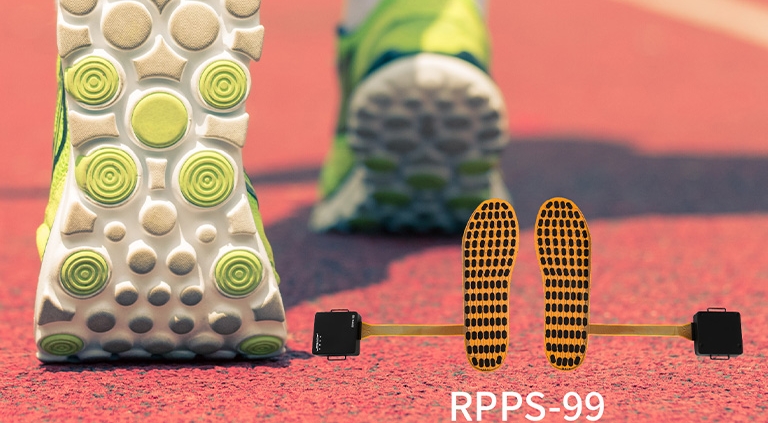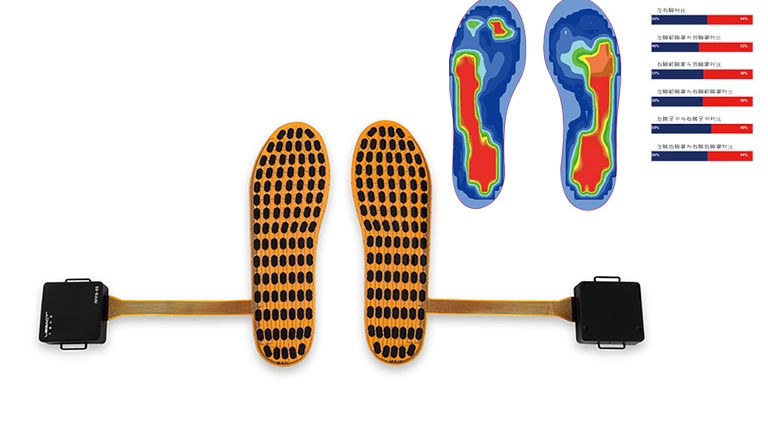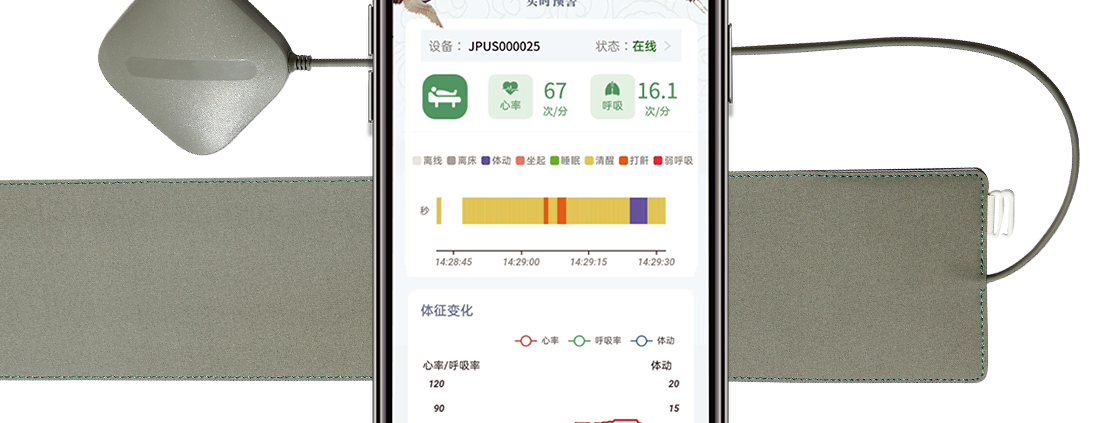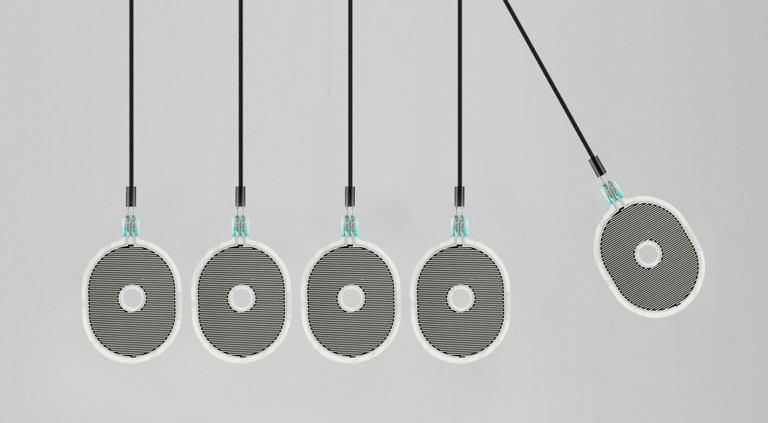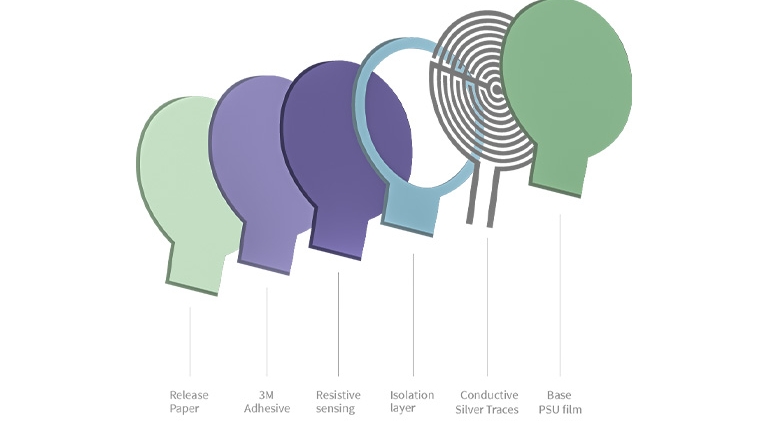With continuous advancements in medical technology, thin-film pressure sensors have emerged as highly sensitive, lightweight, and flexible sensors with vast potential in the medical field. These sensors can accurately detect minute pressure changes, making them suitable for various medical monitoring and diagnostic devices, thereby enhancing the precision and effectiveness of medical services. This article explores the diverse applications of thin-film pressure sensors in medical solutions and the benefits they offer.
Characteristics of Thin-Film Pressure Sensors
Thin-film pressure sensors are based on thin-film materials and possess the following characteristics:
- High Sensitivity: Capable of detecting minute pressure changes, ideal for precise medical monitoring.
- Lightweight and Flexible: Easily integrated into various medical devices without compromising patient comfort.
- High Precision: Provides reliable pressure data, ensuring accurate medical monitoring and diagnostics.
- Durability: Long lifespan, adaptable to various complex medical environments.
Application Scenarios
1. Position Monitoring
Thin-film pressure sensors can be used in hospital beds and wheelchairs for position monitoring systems. By continuously monitoring the patient’s position, caregivers can adjust the patient’s posture in a timely manner to prevent bedsores and improve the quality of care.
2. Respiratory Monitoring
In respiratory monitoring devices, thin-film pressure sensors can detect the patient’s breathing rate and depth. Accurate monitoring of respiratory parameters allows doctors to better assess respiratory function and detect abnormalities promptly for timely intervention.
3. Blood Pressure Monitoring
Thin-film pressure sensors are widely used in non-invasive blood pressure monitoring devices. Their high sensitivity and precision provide accurate blood pressure readings, enabling doctors and patients to monitor blood pressure changes and manage health effectively.
4. Post-Operative Rehabilitation Monitoring
During post-operative rehabilitation, thin-film pressure sensors can monitor the patient’s activity and recovery progress. For instance, sensors embedded in rehabilitation training equipment can record the patient’s pressure distribution and movement patterns in real time, assisting rehabilitation doctors in developing scientific recovery plans.
Technical Advantages
Real-Time Monitoring: Thin-film pressure sensors can record pressure changes and physiological parameters in real time, providing immediate data support to assist medical personnel in making timely decisions.
Intelligent Analysis: By combining big data and artificial intelligence technologies, thin-film pressure sensors can deeply analyze the collected data, offering personalized medical advice and risk alerts.
Data Visualization: Through the display interfaces of medical monitoring devices, doctors and patients can view pressure data and historical records intuitively, understanding health status and treatment progress.
Application Examples
- Hospital Bed Position Monitoring: Embedding thin-film pressure sensors in hospital beds to monitor patient positions in real-time helps caregivers adjust postures to prevent bedsores.
- Respiratory Monitoring Devices: Using thin-film pressure sensors in respiratory monitoring devices to accurately monitor breathing rate and depth, promptly detecting abnormalities.
- Non-Invasive Blood Pressure Monitors: Applying thin-film pressure sensors in blood pressure monitors to provide accurate readings, aiding patients in daily blood pressure management.
- Post-Operative Rehabilitation Equipment: Embedding thin-film pressure sensors in rehabilitation equipment to record pressure distribution and movement patterns during training, supporting the development and adjustment of rehabilitation plans.
Conclusion
The application of thin-film pressure sensors in medical solutions not only enhances the intelligence level of medical devices but also provides precise monitoring and diagnostic data for doctors and patients. As technology continues to advance, thin-film pressure sensors will play an increasingly important role in more medical scenarios, aiding the improvement of medical services and health management. By effectively utilizing thin-film pressure sensors, we can achieve more efficient and accurate medical monitoring and treatment, driving further progress in the healthcare industry.
